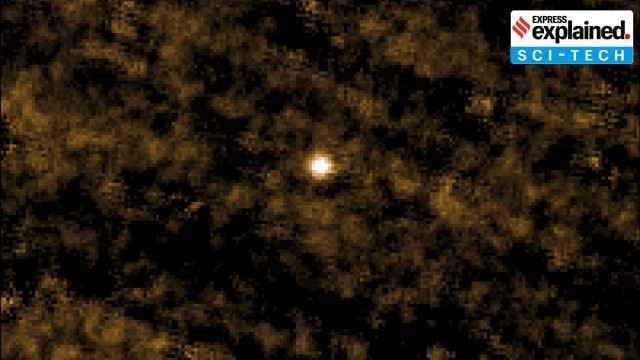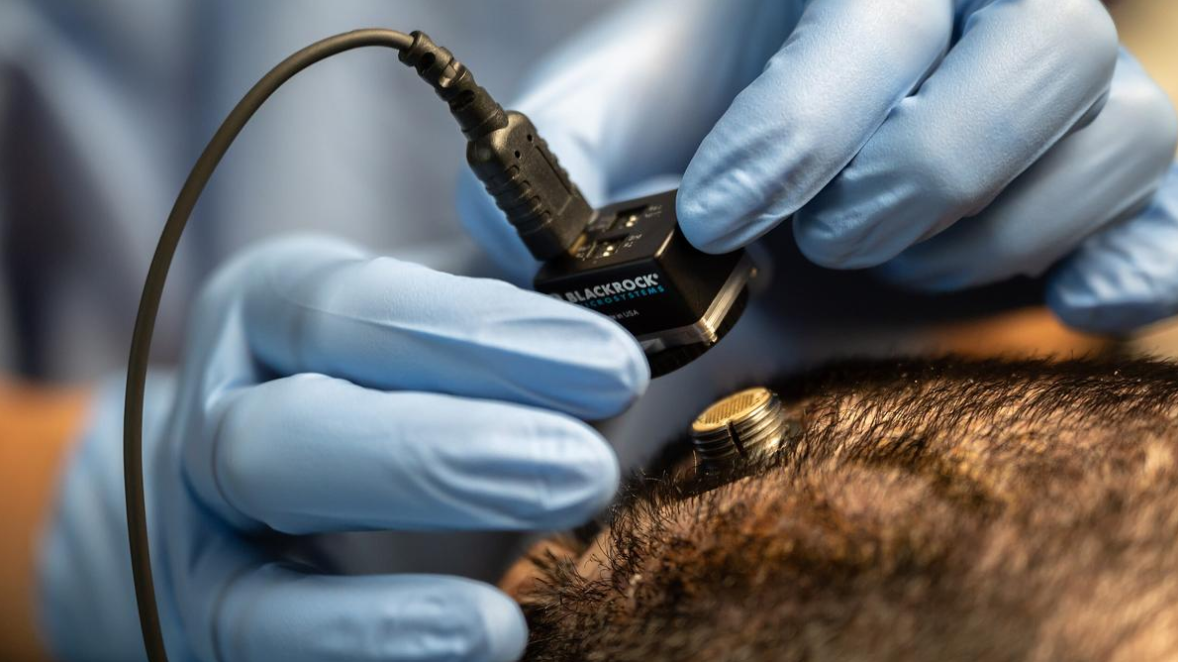Description
Disclaimer: Copyright infringement not intended.
Context
NASA and the European Space Agency are tracking asteroid 2024 YR4, which has a 1.6% chance of impacting Earth on December 22, 2032, highlighting the need for planetary defence monitoring.
About Asteroids
- Asteroids are remnants of planetary formation
that failed to coalesce because of the gravitational interference of Jupiter.
- They circle the Sun in a zone lying between Mars and Jupiter. The circular chain of asteroids is called the asteroid belt. It lies between 2.3 and 3.3 AU from the Sun.
- Asteroids (planetoids― another term for an asteroid) are composed mainly of refractory rocky and metallic minerals, with some ice
- Unlike planets, asteroids are irregularly shaped and much smaller. They range in size from hundreds of kilometres across to microscopic.
- They are remnants from the early solar system, formed about 6 billion years ago.
- Some asteroids cross Earth's orbit and are classified as Near-Earth Objects (NEOs), which are closely monitored for potential collisions.
Potential Destruction from 2024 YR4
- Torino scale is a rating system that helps astronomers and the public understand the risk of a near-Earth object (NEO) colliding with Earth.
- The scale is named after Turin, Italy, where it was first presented at an international conference in 1999.
- The scale uses a number from 0 to 10, with higher numbers indicating a greater risk.
- The NASA JPL Center for Near-Earth Object Studies (CNEOS) has currently rated the 2024 YR4 a 3 on a scale from 0 to 10.
- If 2024 YR4 crashes into Earth, it is expected to release 8 to 10 megatons of energy.
- The scale is color-coded to help convey the level of risk.
Asteroid Deflection: Strategies to Prevent Potential Collisions
- Space agencies like NASA are developing planetary defence strategies to prevent catastrophic asteroid collisions with Earth.
The DART Mission
- NASA’s Double Asteroid Redirection Test (DART), in collaboration with the Johns Hopkins Applied Physics Laboratory, was the first planetary defence mission.
Sources:
INDIAN EXPRESS
|
PRACTICE QUESTION
Q. Recently, asteroid 2024 YR4 was identified as a potential threat to Earth. Consider the following statements regarding near-Earth objects (NEOs):
- All near-Earth objects (NEOs) are classified as potentially hazardous asteroids.
- The Torino Scale is used to assess the impact risk of asteroids.
- Planetary defence strategies primarily focus on deflecting asteroids away from Earth's trajectory.
Which of the statements given above is/are correct?
(a) 1 and 2 only
(b) 2 and 3 only
(c) 1 and 3 only
(d) 1, 2, and 3
Answer: (b) 2 and 3 only
Explanation:
- Statement 1 is incorrect – Not all NEOs are classified as potentially hazardous asteroids (PHAs). An asteroid must meet specific size and proximity criteria to be considered hazardous.
- Statement 2 is correct – The Torino Scale is a tool used to categorize the likelihood and potential consequences of an asteroid impact.
- Statement 3 is correct – Planetary defense efforts, such as NASA’s DART mission, focus on deflecting asteroids using kinetic impactors and other mitigation strategies.
Thus, the correct answer is (b) 2 and 3 only.
|










